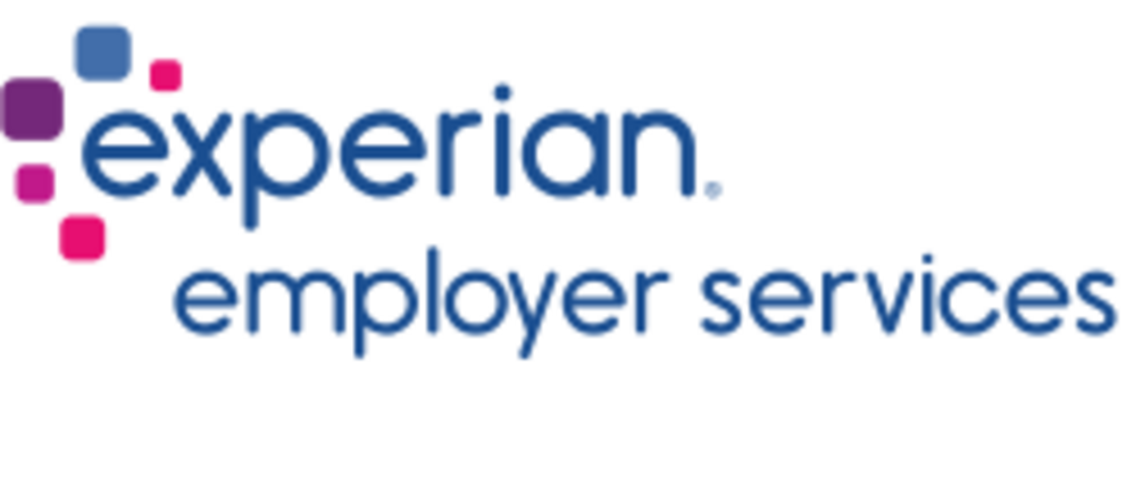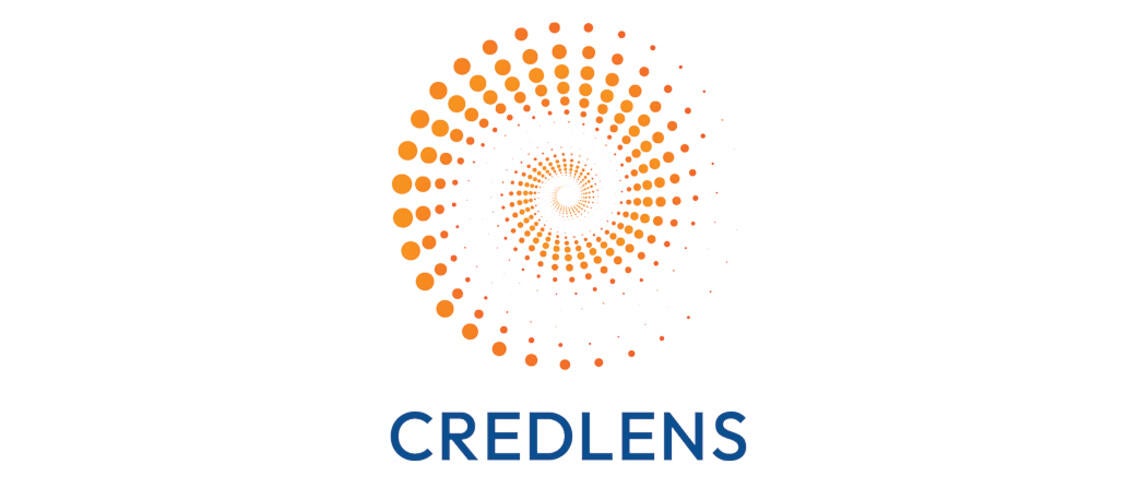>Illinois' Evidence Based Framework for Next Generation Decision Makers
Illinois' Data Insights and Innovations Award Nomination: Evidence Based Framework for Next Generation Decision Makers
Contact Information of Individual Submitting Nomination
Nominator: George Putnam
Email Address: george.putnam@illinois.gov
Agency Name: Illinois Department of Employment Security
Illinois' Evidence Based Framework for Next Generation Decision Makers
Building Capacity for Workforce and Labor Market Information
The Economic Information and Analysis Division of the Illinois Department of Employment Security has primary responsibility in the State of Illinois for workforce and labor market information. Through extensive public/non-public sector partnerships, EI&A has established an evidence-based practice on workforce outcomes for the State of Illinois. EI&A manages and implements strategic planning, analytical services and product development. Illinois Student Assistance Commission and Illinois State University host technology services. Illinois Board of Higher Education, Illinois Community College Board, and Illinois State Board of Education serve as subject experts on public-sector education programs. Illinois Department of Corrections and Illinois Department of Human Services serve as subject experts on high need populations. In addition, Associated Builders and Contractors IL, CompTia, Chamberlain University College of Nursing, Jane Addams Resource Center and Manufacturing Skills Standards Council serve as subject experts on vocational training programs.
Statement of results, accomplishments, impacts and any other appropriate information that demonstrates why the nominee's efforts were an exceptional contribution.
Workforce outcome capacity building was one of only three Governor's Cabinet initiatives and targets vocational training completers, post-secondary graduates and high school seniors. The vocational training programs represented the public and non-public sector and covered construction, manufacturing, information technology and healthcare. The population of completers amounts to more than seventy thousand individuals. The post-secondary graduates (2010-2014 cohorts and 320,000 individuals) represent nearly 110 private and public 2-year and 4-year colleges. The high school senior project (2003-2016 cohorts and nearly two million individuals) is inclusive of all the 852 Illinois public school districts.
A second major workforce capacity-building initiative is a two-year pilot with the Administrative Data Research Facility (ADRF) that was conducted between four Illinois state agencies. The two-year pilot established six evidence-based, data-analytic programs that wove workforce outcomes with criminal justice, welfare benefits, high need populations and economic development. Of import, the pilot also implemented interstate record linkage. The success of this pilot supported an IDES-led interagency initiative to establish an Illinois Administrative Data Research Facility (I_ADRF) for evidence-based decision making within the national ADRF.
The Governor's Cabinet and I-ADRF initiatives share a flexible, integrated, multi-technology solution to workforce information capacity building. The former platform supports SAS-VA data visualizations and data analytic workspace, with access to archived de-identified matched student records, for institutional researchers at nearly 110 postsecondary colleges, as well as a workforce outcomes information pipeline to administrators at each Illinois public school district. The I-ADRF technology platform supports open-source data analytics and serves State of Illinois partner agencies and approved researchers, as well as functioning as a gateway to Midwest regional data integration.
Moreover, these two initiatives produce products to support evidence-based decision making by major stakeholder groups. A smartphone-enabled web portal (www.ilcollege2career.com) informs career choice for students and parents and shows workforce outcomes by academic area and college in conjunction with a broad range of institution and career information. This portal has had 5,200 unique weekly users since its release in September 2018. A companion portal offers Illinois high school student profiles for learning pathways, intergenerational mobility, and career outcomes and is scheduled for release in March 2019. Program evaluation by local school and government agency administrators is another critical stakeholder group addressed by the Cabinet initiative. The two-year pilot for the ADRF included 60 evidence-based projects, including employment outcomes for the formerly incarcerated and welfare-benefit client groups.
Other significant contributions
As a part of its two-year pilot in the ADRF, IDES participated in an economic development project that linked Illinois and Missouri UI Wage Records and produced a dashboard reporting interstate job creation in the St. Louis area. This initial effort has been extended to augment the State Longitudinal Data Systems in Ohio, Kentucky, and Indiana with a Midwest regional context in the ADRF environment.
The establishment of the Illinois ADRF platform within the national ADRF environment will further the latter's regionalization activity in several important aspects. First, many of the SLDS systems will benefit from the expanded scope of the I-ADRF evidence-based, workforce outcomes capacity to non-traditional public-sector vocational training (e.g., Corrections), non-public sector vocational training, Human Services SNAP/TANF clients, or Human Services caregiver labor market conditions. Second, Illinois brings to the national ADRF Midwest initiative a proven product development proficiency for stakeholder groups as diverse as students, parents, researchers, and local school and government agency administrators.
The national ADRF initiative has also captured the attention of the federal government, and is informing the development of the Federal Data Strategy (strategy.data.gov); indeed, the US Chief Statistician presented at a recent workshop on education and workforce transitions (https://coleridgeinitiative.org/workshop). Moreover, the ADRF was nominated by the US Bureau of Census and received a 2018 Government Innovation Award. Finally, Temporary Assistance for Needy Families (TANF) Data Innovations project, which has been initiated by the Department of Health and Human Services, began to institutionalize the ADRF approach by engaging state agencies to build evidence to improve TANF programs through the linking of Human Services and UI wage administrative data. The $15 million project has three main objectives: 1. to advance the creation and understanding of and access to integrated data; 2. to facilitate innovative analytic approaches; and, 3. to institutionalize the capacity built.
Examples of work
Question_5_Read_First.docx
1_Governors_Cabinet_Workforce_Readiness_20170605_....pdf
2_ilhighschool2career_File.pdf
3_ilhighschool2career_viz.pdf
4_Post-Release_Employ_20170616.pdf






































